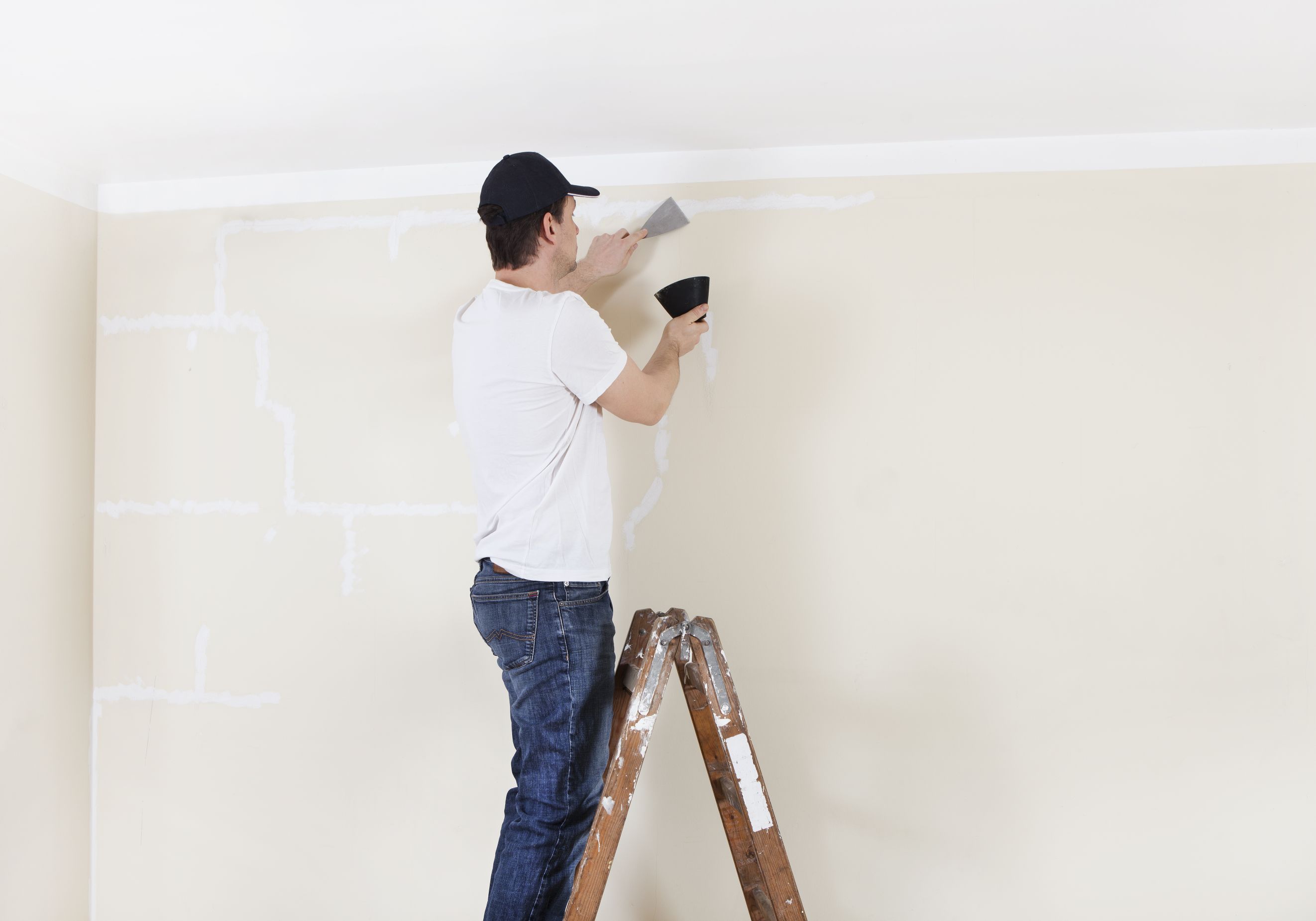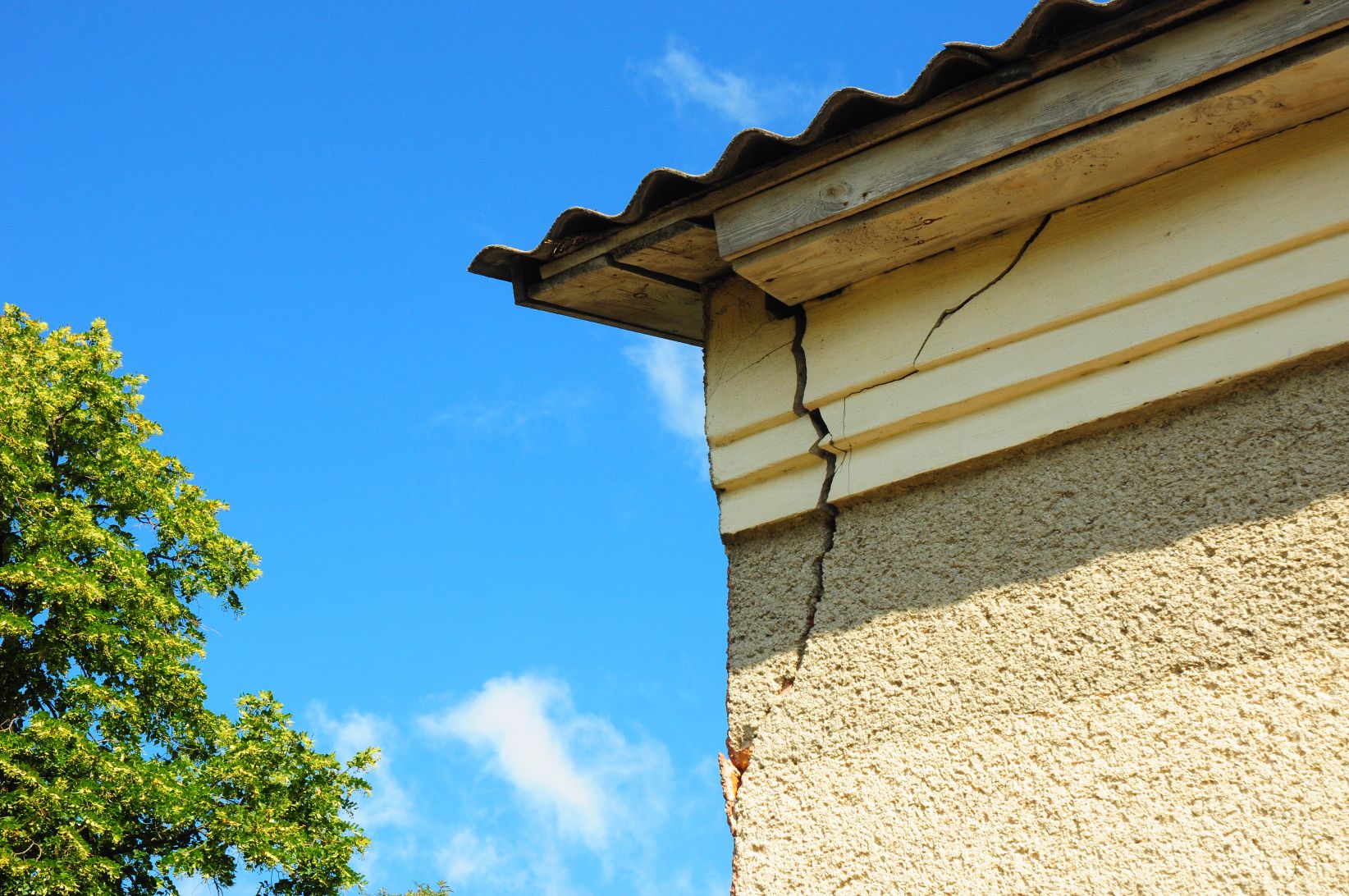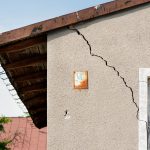As the monsoon season approaches, it is crucial to ensure that your home is well-prepared to withstand the heavy rains and potential water damage. One common problem that many homeowners face during this time is wall cracks. These cracks not only compromise the structural integrity of the building but also allow moisture to seep in, leading to further damage. In this blog, we will discuss five effective tips to repair wall cracks before the monsoon season. By following these steps, you can protect your walls from water damage and maintain the stability and aesthetics of your home.
Importance of Repairing Wall Cracks Before the Monsoon Season
Repairing wall cracks before the monsoon season is of utmost importance to safeguard your home against potential water damage. Cracks in buildings can allow rainwater to infiltrate the walls, leading to dampness, mold growth, and structural weakening. Moreover, water seepage through cracks can damage the paint, plaster, and interior finishes of the walls, causing costly repairs and aesthetic issues. By addressing wall cracks proactively, you can prevent these problems and ensure the longevity and beauty of your home.
Tip 1: Identify the Type of Crack
Before repairing wall cracks, it is essential to identify their type, as different cracks require different repair approaches. Hairline cracks are thin, superficial cracks that are usually caused by minor settlement and can be easily repaired. Vertical cracks typically indicate more significant structural issues and may require professional evaluation. Diagonal cracks can be a result of differential settlement or shifting of the foundation. Assess the severity of the crack by measuring its width and length and check if it is expanding over time. Monitoring the crack can help determine the appropriate repair method and materials. If you are unsure about the type or severity of the crack, it is best to consult a professional for a thorough assessment.
Tip 2: Prepare the Surface Before Repairing the Wall Crack
Preparing the surface is a crucial step in ensuring the effectiveness of wall crack repairs. Start by cleaning the area thoroughly to remove any dirt, dust, or loose debris. Use a stiff brush or a vacuum cleaner to get rid of any particles that may hinder proper adhesion. Next, inspect the crack for any loose materials or protrusions. Use a scraper or putty knife to gently remove any loose plaster, paint, or other materials surrounding the crack. This will create a clean and smooth surface for the repair.
After cleaning, it is important to smoothen the surface to ensure a seamless repair. Use a sanding block or sandpaper to eliminate any high spots or rough edges around the crack. This step will ensure that the repair material adheres properly and prevents future cracking or peeling.
Tip 3: Crack Filling with Crack Fill Powder
Once the surface is prepared, it’s time to fill the wall crack using a suitable crack fill powder. Crack fill powders are specially formulated repair materials designed to effectively seal and fill cracks in walls. They provide excellent adhesion and flexibility, allowing them to withstand the expansion and contraction that occurs due to temperature variations.
To use crack fill powder, follow Berger Paints’ instructions for mixing the powder with water to achieve the desired consistency. Use a putty knife or trowel to apply the mixture to the crack, ensuring that it is completely filled. Press the material firmly into the crack, smoothing it out to create a level surface. Avoid overfilling the crack, as excess material can lead to shrinkage and cracking.
Allow the crack fill powder to dry completely according to Berger Paints’ instructions. Once dry, use sandpaper or a sanding block to gently smooth the repaired area, blending it with the surrounding wall surface. This step ensures a seamless finish and prepares the surface for further treatment.

Tip 4: Tips on Avoiding Common Mistakes
While repairing wall cracks, it’s important to avoid common mistakes that can compromise the effectiveness of the repair. Here are two key mistakes to avoid:
-
Applying Too Much Material:
It can be tempting to overfill the crack in an attempt to ensure a complete repair. However, excessive material can result in shrinkage and cracking as it dries. Follow the Berger Paints’ instructions and apply the recommended amount of repair material. If necessary, apply multiple thin layers, allowing each layer to dry before applying the next.
-
Neglecting Surface Smoothing:
Properly smoothing the surface after a crack filling is crucial to achieving a seamless and visually appealing repair. Neglecting this step can result in an uneven surface that is noticeable even after painting. Use sandpaper or a sanding block to gently smooth the repaired area, blending it with the surrounding wall. Take your time and ensure that the surface is level and smooth before proceeding to the next step.
By paying attention to these details, you can achieve a durable and aesthetically pleasing repair that will effectively prevent further damage to your walls.
Tip 5: Seal and Paint the Repaired Area
After the wall crack has been filled and the surface is dry, it’s crucial to provide moisture protection by sealing and painting the repaired area. Sealing the repaired area will help prevent water seepage and further damage. Additionally, painting the area will not only enhance its appearance but also provide an additional layer of protection.
To seal the repaired area, choose a high-quality sealant specifically designed for wall waterproofing. A product like Seal-o-Prime by Berger Paints India is an excellent choice. It is a waterproof primer that can be used as a simple undercoat on cement, concrete, plaster, or tiled surfaces, both indoors and outdoors. Apply the sealant evenly over the repaired area, extending slightly beyond the edges. Use a brush or roller to ensure thorough coverage.

After sealing, allow the sealant to dry completely according to the Berger Paints’ instructions. Once dry, you can proceed to paint the entire wall to ensure a consistent and protective finish. Choose a paint that is suitable for your wall surface and climate conditions. Apply the paint evenly using a brush or roller, following the Berger Paints’ guidelines for proper application and drying time.
Seal-o-Prime: Made Specially to Fight Dampness
For an extra layer of protection against dampness, consider using Seal-o-Prime, a specialized sealant by Berger Paints India. This waterproof primer can be used as a simple undercoat on cement, concrete, plaster, or tiled surfaces, both indoors and outdoors. Seal-o-Prime acts as a barrier, preventing water from penetrating the walls and causing damage. By using this product as a base before painting, you can enhance the longevity and durability of your wall crack repairs, ensuring effective wall waterproofing.
Conclusion
Looking after building crack repair before the monsoon season is a crucial step to protect your home from water in wall, and maintain structural integrity and aesthetics. By identifying the type and severity of cracks, preparing the surface properly, filling cracks with suitable materials such as crack fill powder, avoiding common mistakes, and sealing and painting the repaired area using products like Seal-o-Prime, you can effectively prevent moisture infiltration and maintain the longevity of your walls. Remember to consult professionals when necessary for complex or severe wall crack repairs, and prioritize wall waterproofing to ensure long-term protection.
FAQs
When should I worry about cracks in walls?
You should be concerned about cracks in walls if they are large, growing, or accompanied by other structural issues like uneven floors or doors/windows that don’t close properly. Horizontal or jagged cracks may indicate a more serious problem. Consult a professional for severe or concerning cracks.
Is it okay to paint walls in the monsoon?
It’s generally not recommended to paint walls during the monsoon due to high humidity and moisture. Wait for drier weather conditions to ensure proper paint adhesion and avoid issues like bubbling and peeling.
How do you stop moisture in walls?
To stop moisture in walls, repair any cracks or openings, seal and waterproof the walls with suitable products, ensure proper ventilation in moisture-prone areas, maintain proper drainage around your home, address plumbing leaks promptly, and monitor indoor humidity levels.
How to measure the wall crack depth?
Measure the depth of a wall crack using a crack depth gauge or a ruler. Insert the gauge into the crack until it reaches the bottom, noting the measurement. This helps assess the severity of the crack and guide the choice of repair method. Consult a professional if you have difficulty or need an accurate assessment.


 Get in Touch
Get in Touch
